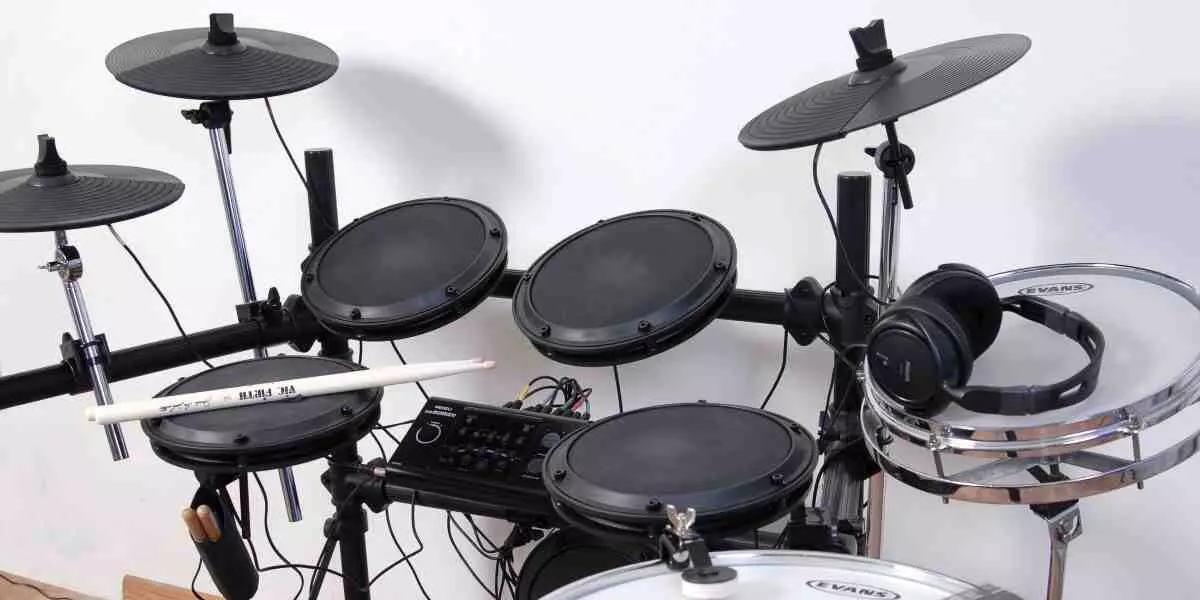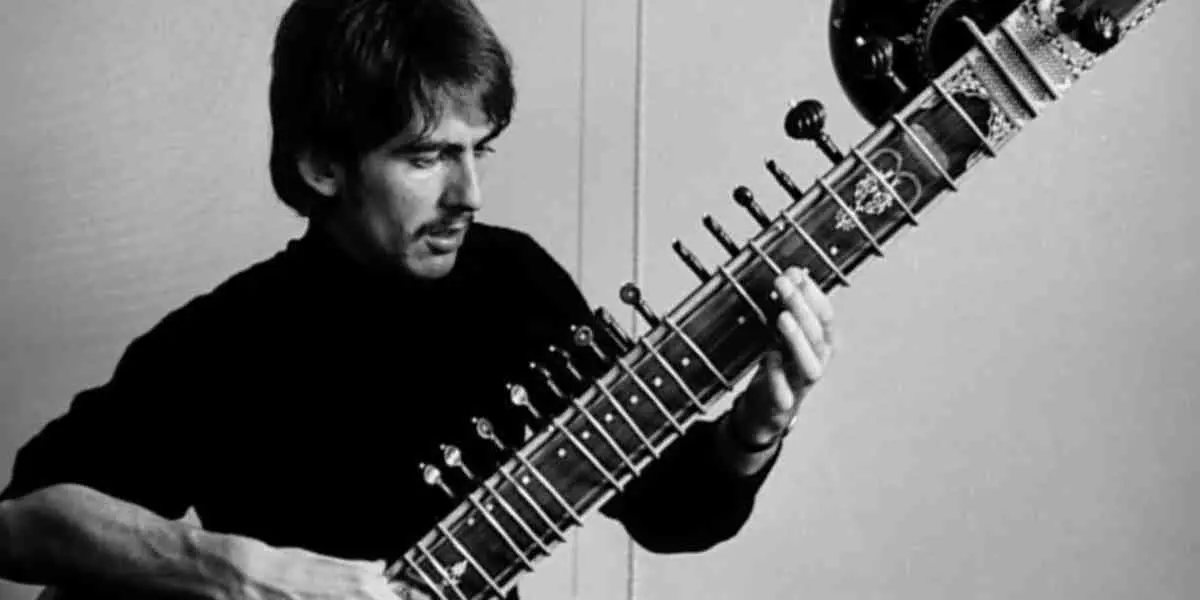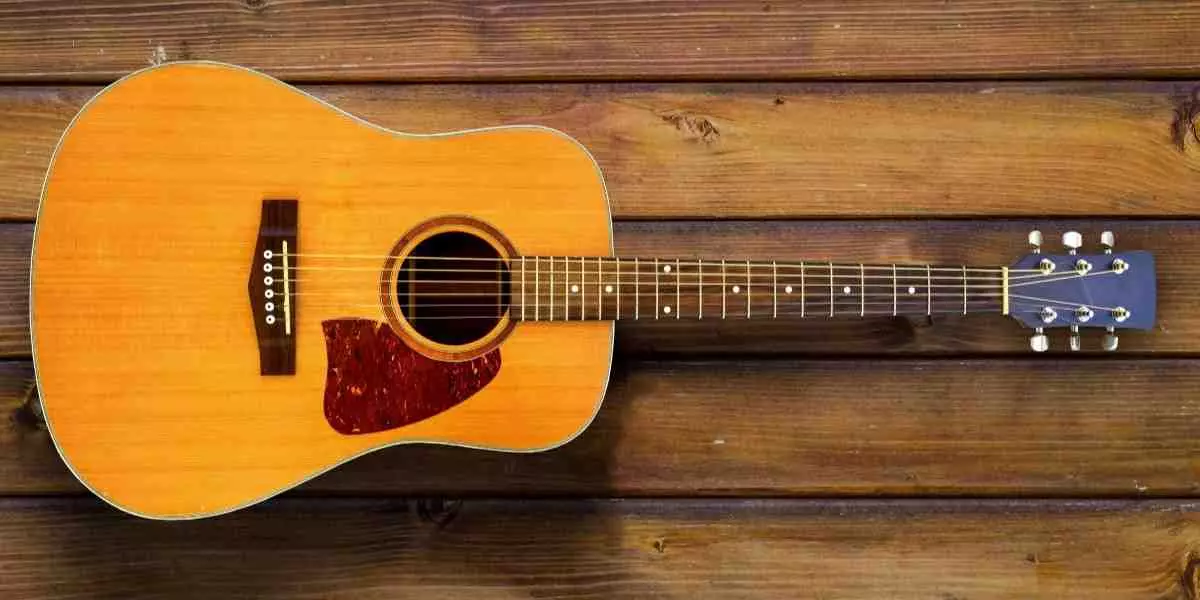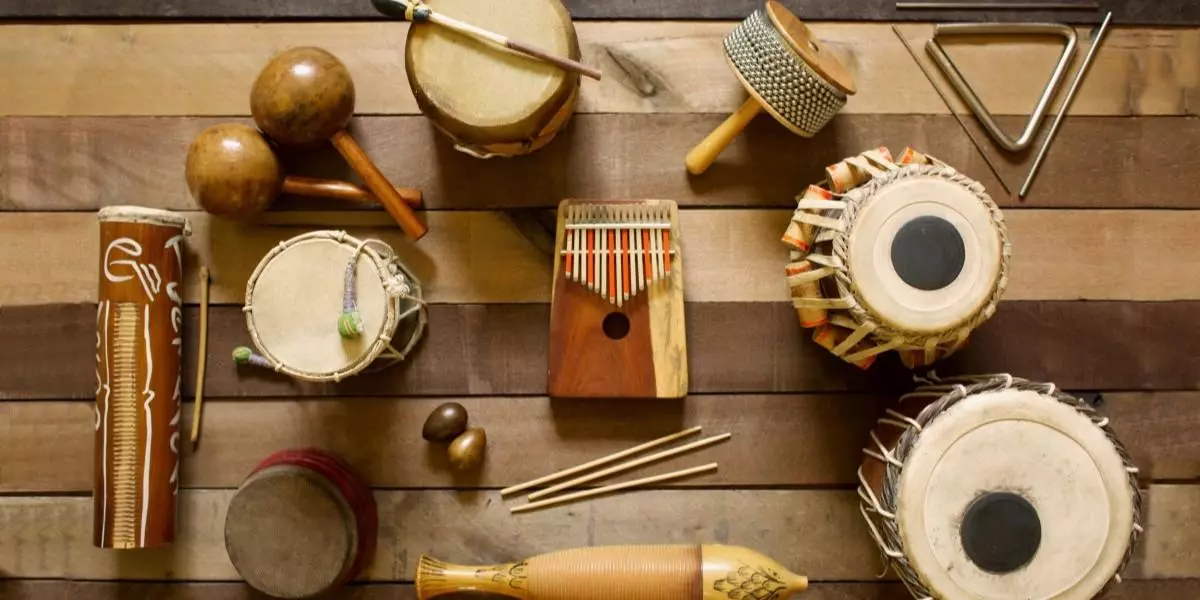In Defence of the Stick Spin

The young and impressionable me LOVED watching rock drummers with big hair flip and spin sticks from behind their giant kits. As I grew a little older, I started to take the technical side of drumming a little too seriously and felt that those same drummers would be better served by focusing on musicianship instead of showmanship. Now I have come full circle, and have learned to love drummers who are entertainers as much as they are players.
Adding a visual flair to drum performance is a lot like adding spice to a dish...context is everything and individual tastes vary.
Let's get the obvious out of the way first: Have your playing together before you try to add any theatrics into your performance.
You should also know when to pull out the stops, and when to play it straight. For instance, it might not be appropriate to pull out your best Rikki Rockett spins when you are playing a slow two-step for the father-daughter dance at a wedding.
With those two caveats out of the way, let’s talk about some of the reasons you may WANT to add some tricks to your arsenal.
1. Live music is entertainment, and anything you can do to raise the level of excitement for your audience is positive. A few spins in the more sparse arrangements or some stick tosses at the end of songs can make a great impression. However, if you're whirling sticks non-stop behind every song, and relentlessly upstaging the other musicians on stage, you may want to tone down your antics a little. If your juggling abilities are distracting from your band's musical performance, you are hurting, not helping. Besides, the crowd will quickly grow bored of your repertoire if they are forced to watch it incessantly.
2. Spinning or tossing your sticks is also a great way to remind yourself to loosen up mentally and physically. You can't spin a stick when you have a death grip on it, so you will be forced to relax your hands. You may also find that the occasional trick will help keep your hands limber by allowing the muscles to flex in different directions during longer sets. And adding some frivolous “fun” into a tune can also keep you from taking yourself too seriously – playing live music should entertain you as much as your audience!
3. Stick tricks can also become an internal timing mechanism. For instance: If you are playing quarter notes on the hats at 60-80bpm for a song intro, alternating your hands and incorporating single spins can help “fill up” the time-feel for you, making it easier to feel the pulse. (The obvious warning is that you MUST be able to perform the trick IN TIME for it to be useful. This will likely require a fair amount of practice with a metronome before you take it public!)
4. If some of the songs in your set have reached the point that you can play them in your sleep, adding a few choreographed tricks can raise the level of challenge for you. Finding fun ways to work some visual drama into the song can help keep you engaged in the music, rather than appearing bored.
5. The occasional stick trick can also serve to identify you as an individual. Non-musicians may not be able to truly appreciate how deep and solid your groove is, but they will notice your helicopter spins or your rafter-high throws!
If you've never tried spins or tosses before, spend some time on YouTube – there are a lot of great short instructional videos on the topic. Practice at home before you take your act public. And most importantly – have fun with it. You may just inspire another young person to try their hand at the instrument!
* * *
Tony Bouma (“Tony B.”) is a drummer, martial artist and painter living in Southwestern Ontario. In his 25-plus years behind the kit, he has backed numerous rock, blues and country acts on local and regional levels. Tony works at Long & McQuade in Cambridge.






